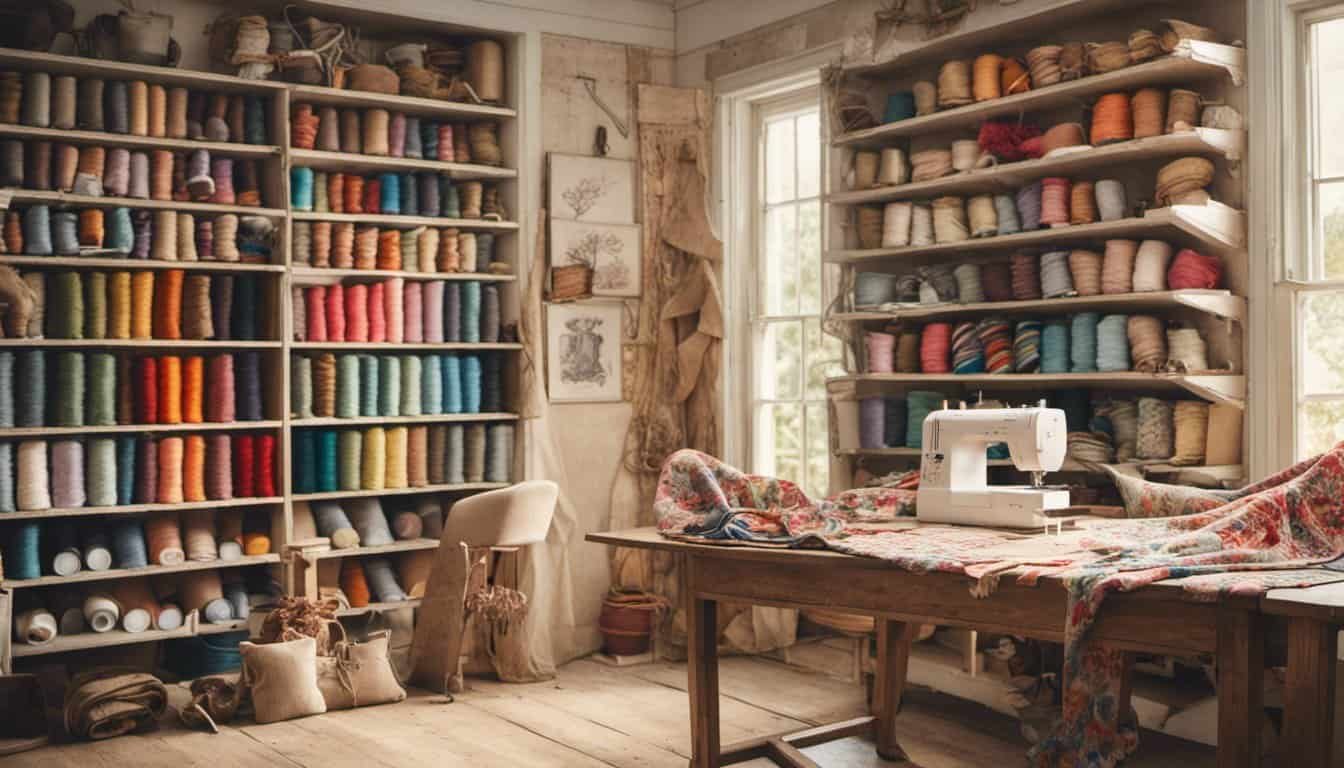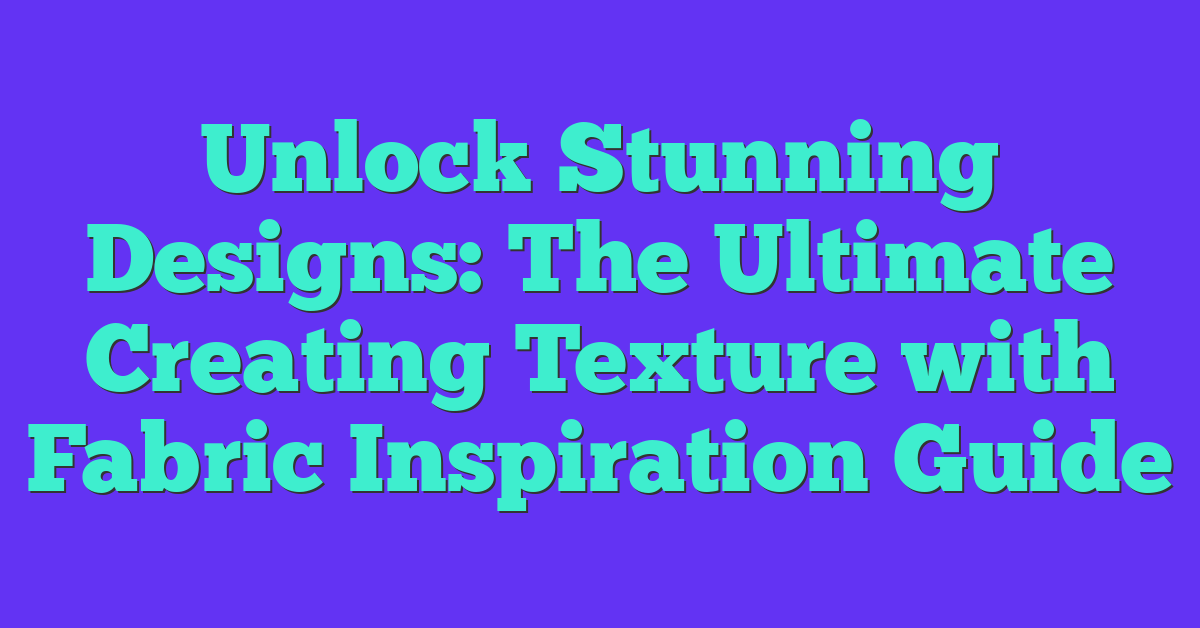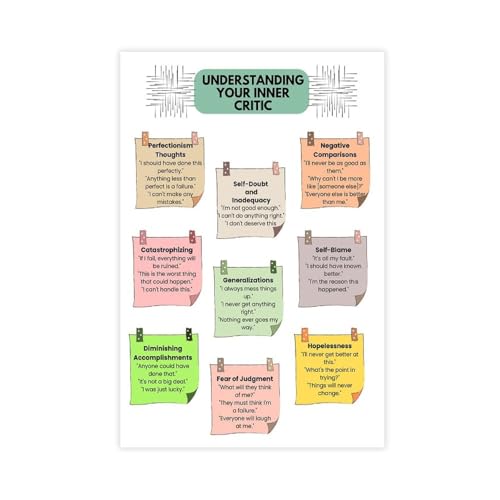Discover the endless possibilities of fabric texture to transform your creative projects. Whether you’re a seasoned designer or just starting out, adding depth and dimension can make your work truly stand out.
In this inspiration guide, you’ll explore various techniques and ideas to create stunning textures that bring your vision to life. From layering different materials to experimenting with patterns, you’ll find the perfect strategies to elevate your fabric designs.
Get ready to unleash your creativity and take your textile projects to the next level with these expert tips and inspiring concepts.
Understanding Fabric Texture
Fabric texture plays a crucial role in your design projects by adding depth and visual interest. It refers to the surface quality of a fabric, perceived through touch or sight. Understanding different textures allows you to create versatile and captivating designs.
Types of Fabric Textures
Fabrics come in various textures, each offering unique characteristics suitable for different projects. Here are common types:
- Smooth Fabrics: Examples include satin, silk, and charmeuse. These fabrics have a sleek surface, ideal for elegant garments and accessories.
- Rough Fabrics: Such as burlap, denim, and tweed. They provide a sturdy feel, perfect for casual wear and home decor.
- Stretchy Fabrics: Like jersey, spandex, and ponte. These materials offer flexibility, making them suitable for activewear and fitted clothing.
- Textured Fabrics: Examples include boucle, corduroy, and pique. They feature intricate surface patterns, adding complexity to your designs.
How Texture Influences Your Design
Texture affects both the aesthetics and functionality of your projects. It can create contrast, highlight specific areas, and enhance the overall tactile experience. For instance:
- Visual Interest: Combining smooth and rough textures can make your design more appealing and dynamic.
- Balance and Harmony: Using similar textures in different elements ensures a cohesive look.
- Functionality: Textured fabrics like fleece provide warmth, while breathable textures like linen keep designs comfortable.
Selecting the Right Texture for Your Project
Choosing the appropriate texture depends on your design goals and the desired outcome. Consider the following factors:
- Purpose: Determine whether the fabric needs to be durable, stretchy, or elegant.
- Color and Pattern: Textures interact differently with colors and patterns, affecting the final appearance.
- Layering: Combining multiple textures can add complexity and sophistication to your design.
Enhancing Texture Through Fabric Techniques
You can manipulate fabric texture using various techniques to achieve the desired effect:
- Embellishments: Adding embroidery, beads, or sequins enhances texture and visual appeal.
- Layering: Combining different fabrics creates a multi-dimensional look.
- Dyeing and Printing: Techniques like shibori or screen printing introduce unique textural elements.
Maintaining Fabric Texture
Preserving texture ensures your designs remain attractive and functional. Follow these tips:
- Proper Washing: Adhere to care instructions to prevent texture degradation.
- Storage: Store fabrics in a way that maintains their surface quality, avoiding excessive folding or crushing.
- Handling: Handle fabrics gently to preserve their texture, especially delicate materials.
Understanding fabric texture empowers you to make informed decisions, enhancing the quality and appeal of your creative projects.
Choosing the Right Fabrics
Selecting the appropriate fabric is essential for achieving the desired texture in your projects. Your choice impacts both the aesthetic and functionality of your design.
Natural Fibers
Natural fibers offer distinct textures and breathability. Cotton provides a smooth, versatile base suitable for quilting and apparel. Linen introduces a crisp, textured feel ideal for home décor items like curtains and tablecloths. Wool adds depth with its rich, coarse texture, perfect for blankets and upholstery. Silk offers a luxurious sheen and soft texture, enhancing garments and delicate accessories. Each natural fiber contributes unique qualities that enhance the tactile and visual appeal of your creations.
Synthetic Fibers
Synthetic fibers deliver durability and diverse textures. Polyester resists wrinkles and holds vibrant colors, making it ideal for activewear and outdoor fabrics. Nylon offers strength and elasticity, suitable for lingerie and swimwear. Acrylic mimics wool’s warmth with a smoother texture, perfect for lightweight blankets and knitwear. Rayon provides a silky finish and drapes beautifully, enhancing dresses and scarves. These synthetic options expand your creative possibilities with their range of textures and practical benefits.
Techniques for Adding Texture
Enhancing fabric texture involves various techniques that can transform your designs. Explore these effective methods to add depth and interest to your projects.

Embellishments and Embroidery
Embellishments and embroidery are powerful ways to introduce intricate textures to your fabric projects. By adding decorative elements, you can create visual and tactile interest that elevates your design.
- Beading: Attach small beads in patterns to add sparkle and dimension.
- Appliqué: Sew fabric shapes onto your base material to introduce layered textures.
- Sequins: Incorporate sequins for a shimmering surface that catches the light.
- Piping: Use contrasting piping along seams to highlight edges and add structure.
- Thread Variety: Experiment with different thread types and thicknesses to achieve diverse textures in your stitches.
Layering Fabrics
Layering fabrics creates depth and complexity in your designs, allowing for a more dynamic and engaging appearance. By combining different materials, you can achieve unique textural effects tailored to your project’s needs.
- Mix Weight Fabrics: Combine heavy fabrics like denim with lighter materials like chiffon for a balanced contrast.
- Play with Patterns: Layer patterned fabrics to create a harmonious or striking visual interplay.
- Vary Textures: Pair smooth silks with rough burlap to enhance tactile diversity.
- Use Transparent Layers: Incorporate sheer fabrics over opaque ones to add subtle depth without overwhelming the design.
- Incorporate Inserts: Add fabric inserts in different textures to highlight specific areas of your project.
Creative DIY Projects
- Layered Fabric Wall Art
Combine multiple fabric layers in varying textures and colors to create dynamic wall hangings. Use adhesive or stitching to secure each layer, ensuring depth and contrast.
- Embellished Throw Pillows
Add beads, sequins, or embroidery to plain pillow covers. Select contrasting textures to highlight design elements and enhance tactile appeal.
- Quilted Textured Blankets
Stitch together fabrics with different textures, such as fleece and denim. Incorporate patterns like piping or applique to increase visual interest.
- Fabric Dyeing Techniques
« Unlock Stunning Skirts and Veils with Our Ultimate Sewing with Tulle Guide
What to Do When Thread Bunching Occurs: 10 Expert Tips to Save Your Sewing Project »
Apply methods like shibori or ombre dyeing to fabrics before crafting. These techniques introduce unique textures and color variations.
- Knitted or Crocheted Accessories
Create scarves, hats, or blankets using yarns of varying thicknesses and textures. Mix different stitch patterns to add complexity and depth.
- Appliqué Designs
Sew different fabric shapes onto a base fabric. Use materials like velvet, satin, and linen to create a rich, textured surface.
Applying Texture in Home Decor
Incorporating texture into your home decor enhances visual interest and creates a welcoming atmosphere. Upholstery adds depth to furniture pieces, such as sofas upholstered in velvet or linen. Curtains introduce softness, with options like sheer cotton or heavy drapes in textured silk. Throw pillows bring variety, featuring patterns and fabrics like embroidered cotton or knitted wool.
Rugs define spaces and add warmth, available in woven jute or plush shag styles. Wall hangings offer artistic flair, utilizing macramé or fabric art techniques. Bedding layers create comfort, using quilted covers or textured duvet covers. Accessories like lampshades and table linens contribute subtle texture, incorporating materials like burlap or lace.

Selecting fabrics based on room function ensures both aesthetics and practicality. For high-traffic areas, durable textiles like denim or canvas maintain appearance over time. In relaxation spaces, soft fabrics like chenille or faux fur enhance comfort. Balancing different textures creates harmony, preventing a cluttered look while emphasizing key design elements.
| Home Decor Element | Suggested Textures | Example Fabrics |
|---|---|---|
| Upholstery | Smooth, plush | Velvet, linen |
| Curtains | Sheer, heavy | Cotton, silk |
| Throw Pillows | Embroidered, knitted | Cotton, wool |
| Rugs | Woven, plush | Jute, shag |
| Wall Hangings | Macramé, fabric art | Cotton, synthetic fibers |
| Bedding Layers | Quilted, textured | Duvet covers, fleece |
| Accessories | Subtle, intricate | Burlap, lace |
Choose fabrics based on room function to balance aesthetics and practicality. Durable textiles like denim or canvas suit high-traffic areas, maintaining their appearance over time. Soft fabrics like chenille or faux fur enhance comfort in relaxation spaces. Balance different textures to create harmony, emphasizing key design elements without a cluttered look.
Conclusion
Adding texture to your fabric projects can truly elevate your designs. It’s about exploring different materials and letting your creativity lead the way. Experiment with layers and patterns to find combinations that resonate with your unique style.
As you incorporate various textures, you’ll notice your creations becoming more dynamic and engaging. Trust your instincts and have fun with the process. The right textures can transform a simple idea into something extraordinary. Embrace the journey and enjoy seeing your designs come to life with depth and character.

















